19 December, 2022
Finding the best running shoe for your needs, be it a Parkrun or marathon can be a daunting and confusing task. But it needn’t be and with our useful tips we’ll guide you through the basics on the road to your perfect running shoe.
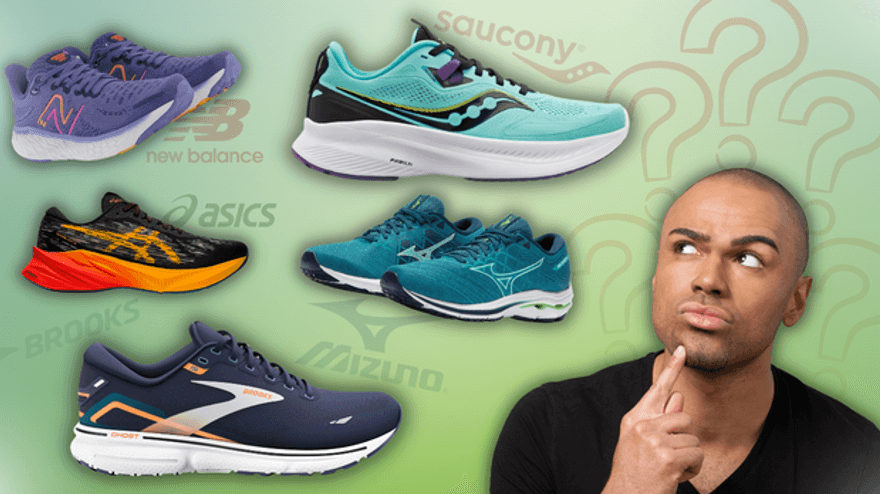
Whilst you may be assaulted by what seems too good to be true offers online, many shoes will be discounted for a reason; they simply haven’t been as popular as the retailer or indeed brand expected.
Then there’s the issue of which shoe to go for and the size. While website may have simple tools to help you find the right shoe they aren’t as good as the dynamic assessment that you’ll often find in a specialist running store. The ‘wet-foot test’ is simply old fashioned and outdated in that it simple shows the shape of your foot and not how it moves.
Running shoes are also notoriously unusual it their sizing. Sizes vary vastly from brand to brand and again advise such as ‘go up half a size to your usual’ is confusing as there is no standardisation in footwear sizing!
By visiting a specialist running store you should be able to get invaluable advice and the correct fitting shoe. They’ll also become a valuable resource for tips on injuries, training and local events.
Most specialist retails will offer gait analysis, a service where you’ll be filmed running on a treadmill in order to help identify the best shoe for your needs.
The store will ask about your current running experience (if any), your aims, the amount of running you are doing each week and your future goals. All this information will help the assistant gain an insight into what shoe will work best for you. It’s important to remember that the store sees many runners every single day and tries each one in a variety of shoes. Their knowledge is a vast databank of experience built up from seeing lots of runners in lots of different shoes. This experience should prove better informed than ‘someone at the running club’ or an individual on social media who are simply giving their opinion on how a shoe works for themselves. Remember, this is about you and your shoes.
The gait analysis itself will involve running on a treadmill in a neutral shoe (more about shoe types later), but from this you’ll be filmed and the video replayed with an explanation of how your foot is moving.
Don’t be overwhelmed by what sounds like technical or even medical terms, the assistant should be able to explain in plain English what’s going on and it they can’t don’t be afraid to ask.
From here you’ll be offered a selection of shoes that should suit your needs and filmed again. It’s then simply a case of which shoes feels best.
Remember, in the running store environment, gait analysis is a tool to help identify how each shoe works with your feet when you are running. With that in mind it’s the perfect tool to help identify your next pair of shoes.
Pronation
When discussing running and in particular running shoes you’ll often hear the terms ‘pronation’, ‘supernation’ and ‘neutral’ thrown around. These terms simply describe the way in which your foot moves.
When striking the ground as you walk or run, you’ll naturally make contact with the outside edge of your heel. Take a look at your current running shoes or even work shoes, they’ll be worn a little on the outside edge.
The foot strikes here in order to create a little space under the arch of your foot. The arch is there to act like a shock absorber. It’s going to flex as the foot rolls forward to soak up the impact of your stride. From this initial impact if your foot is stiff if will tend to roll forward and lean outwards (often referred to as supernation). If your foot is more flexible it will lean in a little (over-pronation). Ideally, we’d like it to remain somewhere in the middle, in what is known as the ‘neutral’ position. Again, we are all different so there’s no right or wrong here, we are looking at the natural movement of your foot.
If your foot remains neutral in the neutral shoe, then try a selection of this type of shoe.
If you lean ‘out’ in the neutral shoe, try more flexible or slightly softer neutral shoes that should encourage the foot into the neutral position.
If you lean ‘in’, over-pronate then go for a support shoe.
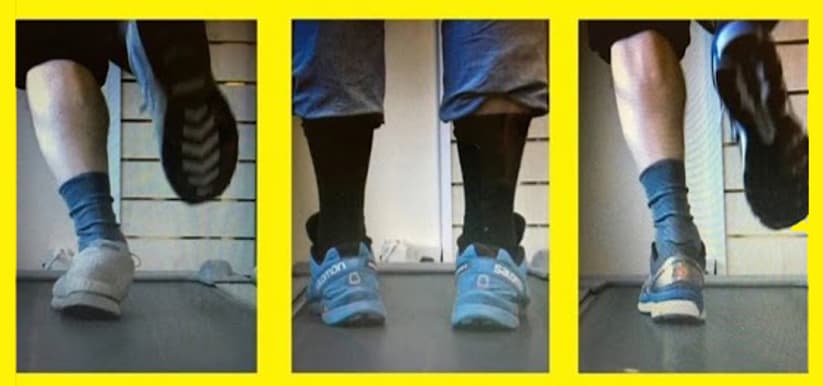
Left: The foot rolls ‘in’ (overpronation)
Centre: The foot leans ‘out’ (supernation)
Right: The foot in the neutral position
Try several options and go for the most comfortable.
One of the most popular neutral cushioned running shoes around. The Ghost offers great cushioning that’s lightweight and easy to get on with. Simple pull them on and go.
The latest models features the brand’s DNA Loft v2 cushioning material, its soft and springy with a plush feel.
The outsole works well on a variety of surfaces and the soft, breathable mesh upper accommodates a wide range of foot shapes too. It’s also available in different width fittings to help you find a perfect fit.
Suitable for: Neutral runners
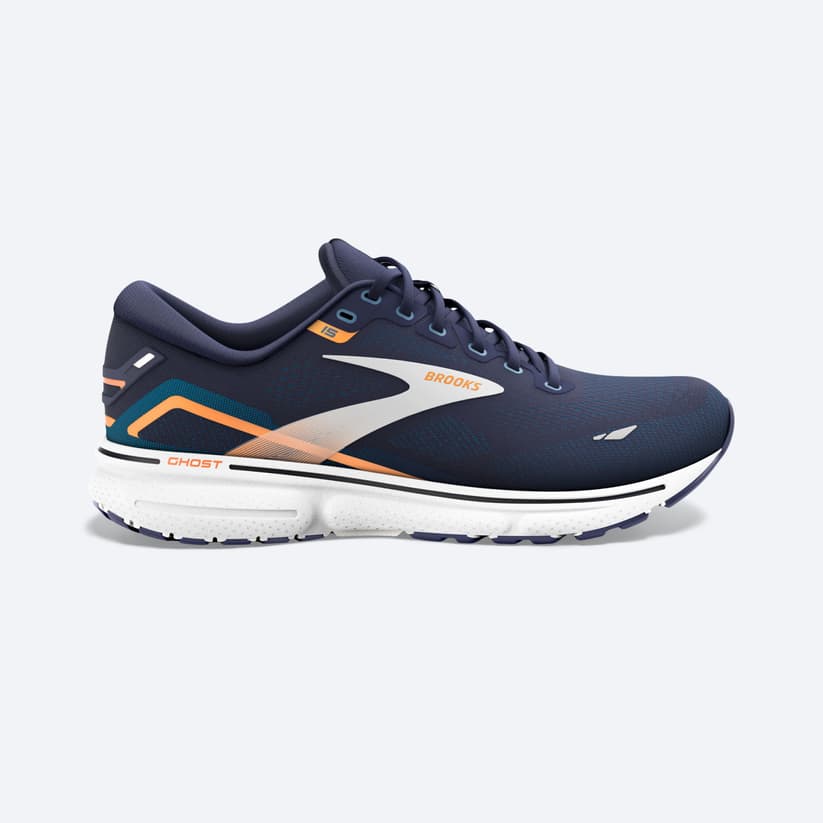
The brand’s range topping neutral cushioned running shoe, this model offers stacks of super-soft Fresh Foam X cushioning. It really does soak up the impact of every stride. The curved, rocker nature of the sole helps it roll down the road too, so it feels easy to pick the pace up in.
The stretch-like knitted upper wraps around the foot nicely and feels like an extension of the foot, helping to take you mind off the effort!
Suitable for: Neutral runners
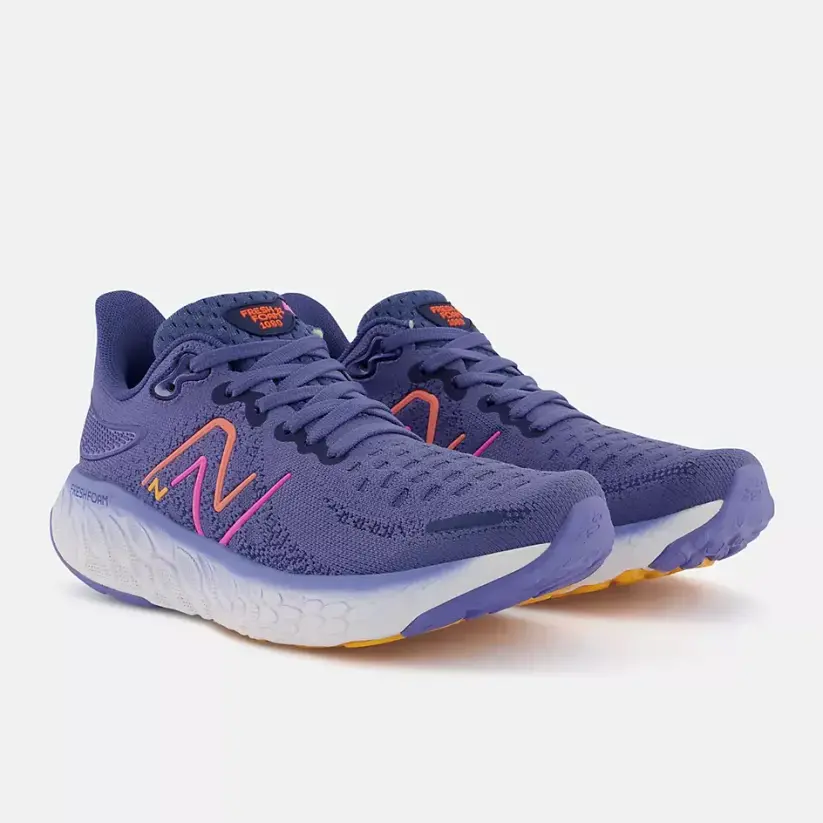
This support type shoe offers a great combination of cushioning and control for over-pronators. The Wave technology helps keep the foot in the neutral position while the brand’s ENERZY foam provides cushioning and energy return.
The Inspire is suitable for a wide range of runners thanks to the manner in which the Wave helps balance the foot and the shoes lightweight makes it a versatile option for any pace running.
Suitable for: Over-pronators or those runners needing a little support
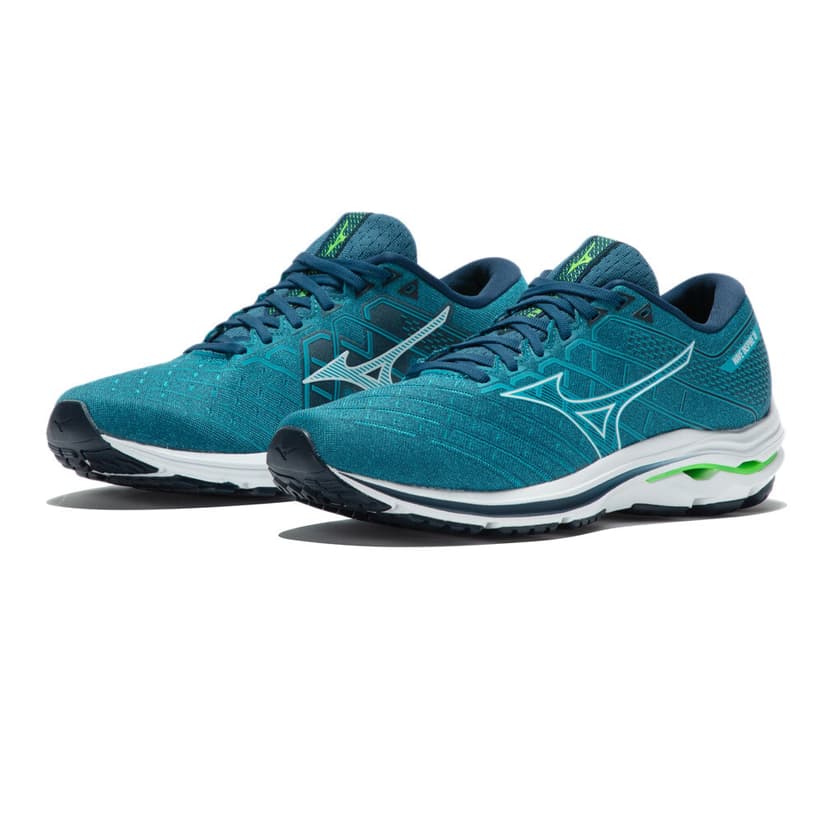
The latest PWRRUN cushioning material used in this shoe combined with its contoured, rocker design makes the shoe easy to run it at any pace. Helping to roll the foot efficiently down the road, the miles disappear.
Support comes from a ‘guidance frame’ and helps keep the foot under control without you noticing. It’s light too so makes every run that little bit easier.
Suitable for: Over-pronators or those runners needing a little support
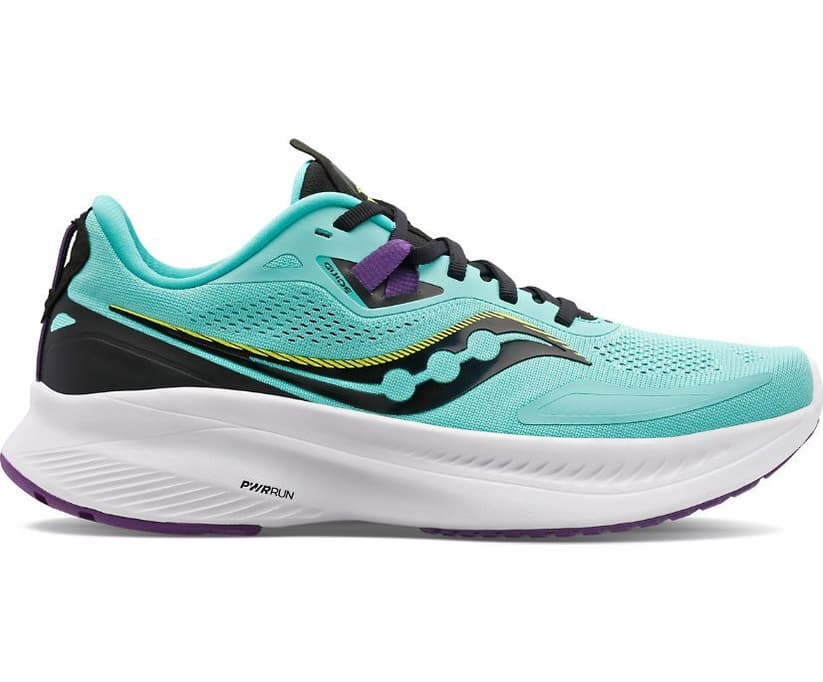
Fancy something a little bit faster? The Novablast is a neutral cushioned shoe that s built with a little more focus on speed.
The light, responsive cushioning offers plenty of natural spring to your stride and the soft mesh upper is light and breathable.
Suitable for: Those seeking something a little faster for the weekend
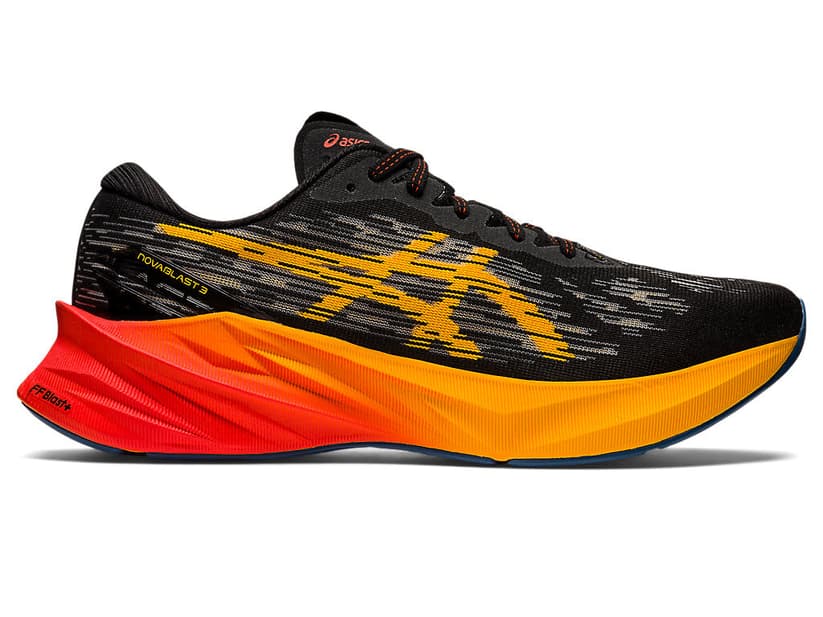
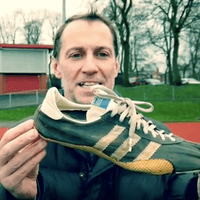
Athletics runs in the Freary family. Paul’s father, Mike held the British 10,000m record in 1969 and Paul himself has been running for over 45 years.
As an athlete Paul has won Northern and Inter-County golds at 5000m as well as British half-marathon and trail running titles.
His claim to fame is beating Steve Cram over the classic mile distance on the road in Bermuda, a distance where Paul’s personal best in 3minutes 56seconds!
Having worked in the running industry for over 25 years he’s worked for Puma, Fila, Nike and adidas as well as now owning his own running store. An expert in video gait analysis, Paul is ideally placed to write authoritative reviews of running footwear, gadgets and gear.
For 2023 Paul has his targets set on improving his 2:39 marathon from Berlin in 2022.
Most recent articles by Paul Freary
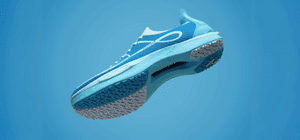
There was a time when running shoe manufacturers made their shoes without any mention of stack heights or heel drops.
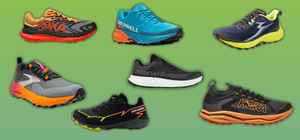
It’s time to hit the trails. Here resident running shoe expert, Paul Freary, tries a selection of the latest trail running shoes that should prove perfect for your off-road adventures.
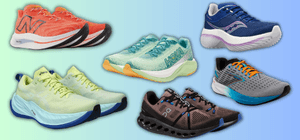
After the launch and near explosion of ‘super shoes’ onto the market, it seems like most people are now wearing carbon-plated models on race day. Here we take a look at some of the latest training shoes aiming to give you race-day level performance in a daily trainer.
Most recent articles in RUNNING

Why is diet such a contentious topic in ultrarunning and why do I call it a myth? These are the topics that I will discuss in this article.

In my last piece for Outside & Active, I talked about what I believed the worst mistake a runner could make is.

Brooks supports trail runners to defy limits and empower their trail runs with the new Cascadia 18. The adaptable Cascadia combines DNA Loft v2 cushioning with TrailTack Green grip and a durable upper mesh to handle all terrains, providing necessary comfort and underfoot security on each surface.